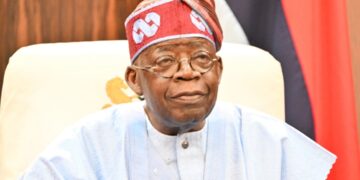he Nigerian naira started the new month on a positive trajectory, strengthening against the United States dollar to N1,278.58 compared to N1,309.39 per dollar recorded last week Thursday. This marks a notable increase of N30.81 at the close of trading activities.
Data from FMDQ Securities reveals that this indicative exchange rate falling below the N1,300 threshold is a significant occurrence, marking the first instance since January 26 of this year. Notably, the naira had depreciated to as low as N1,615/$1 on March 13, 2024.
The recent appreciation of the naira can be attributed to a series of forex policies implemented by the Central Bank of Nigeria (CBN). These policies, including the unification of exchange rate windows, liberalization of the FX market, and clearance of FX backlog obligations, have contributed to increased liquidity in the forex market.
Furthermore, the recent improvement in dollar supply by $2.5 billion, as well as the reduction in forex transactions at the Nigerian Autonomous Foreign Exchange Market to $111.18 million on Tuesday, have played a role in strengthening the naira.
The resumption of forex trading after the Easter holiday saw the naira appreciating at the parallel market to N1,220. Bureau De Change operators bought at N1,220 per dollar and sold either through cash or transfer to customers at N1,265/$, with a profit margin of N30.
The Central Bank of Nigeria’s initiative to clear all verified FX backlogs, coupled with the expectation of continued policy measures, suggests that the naira is poised to maintain its upward trend in April. Currency traders have noted a decreased demand for the dollar and expressed confidence in the CBN’s interventions.
Analysts predict that the naira will trade within a similar band in the coming month as the CBN continues its efforts to manage liquidity and attract more capital into the market. Overall, the outlook for the naira remains positive, buoyed by ongoing policy measures and improved liquidity in the forex market.
























